Reviews:
No comments
Related manuals for 5975 Series

Canopy
Brand: Larry vs Harry Pages: 20
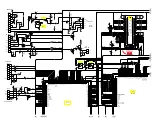
KX-FLM551
Brand: Panasonic Pages: 2

801 Series
Brand: Barnstead Thermolyne Corporation Pages: 16

M460
Brand: Gateway Pages: 4

M67
Brand: Nauticam Pages: 2

EV200D
Brand: Eachine Pages: 14

8630
Brand: i-SERV Pages: 28

iVu PLUS TG
Brand: Banner Pages: 12
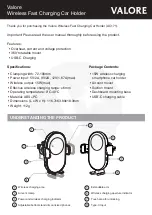
AC171
Brand: Valore Pages: 5

MC-11
Brand: Labelmate Pages: 2

Gala
Brand: Gardener's Pages: 2

Unicorn 3001
Brand: Hanlong Pages: 26
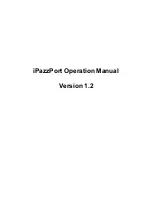
iPazzPort
Brand: Unisen Pages: 9

Bora
Brand: Zavoli Pages: 26
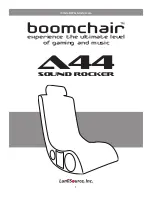
A44 sound rocker
Brand: LumiSource Pages: 8

Ondrejnik
Brand: W-Tec Pages: 6

eX-10
Brand: Alpine Pages: 8
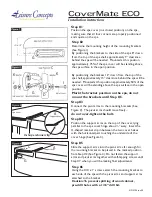
CoverMate ECO
Brand: Leisure Concepts Pages: 2

















